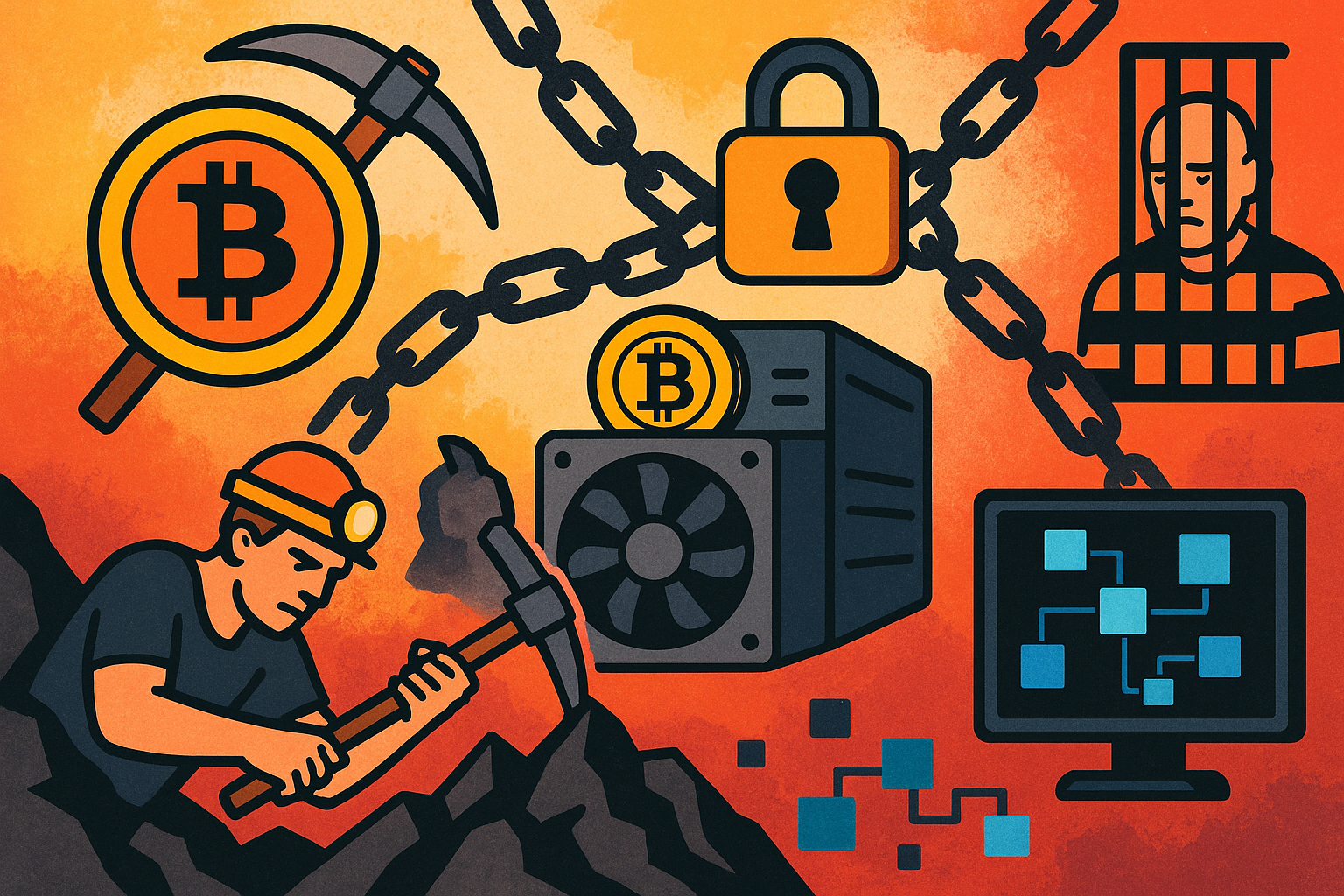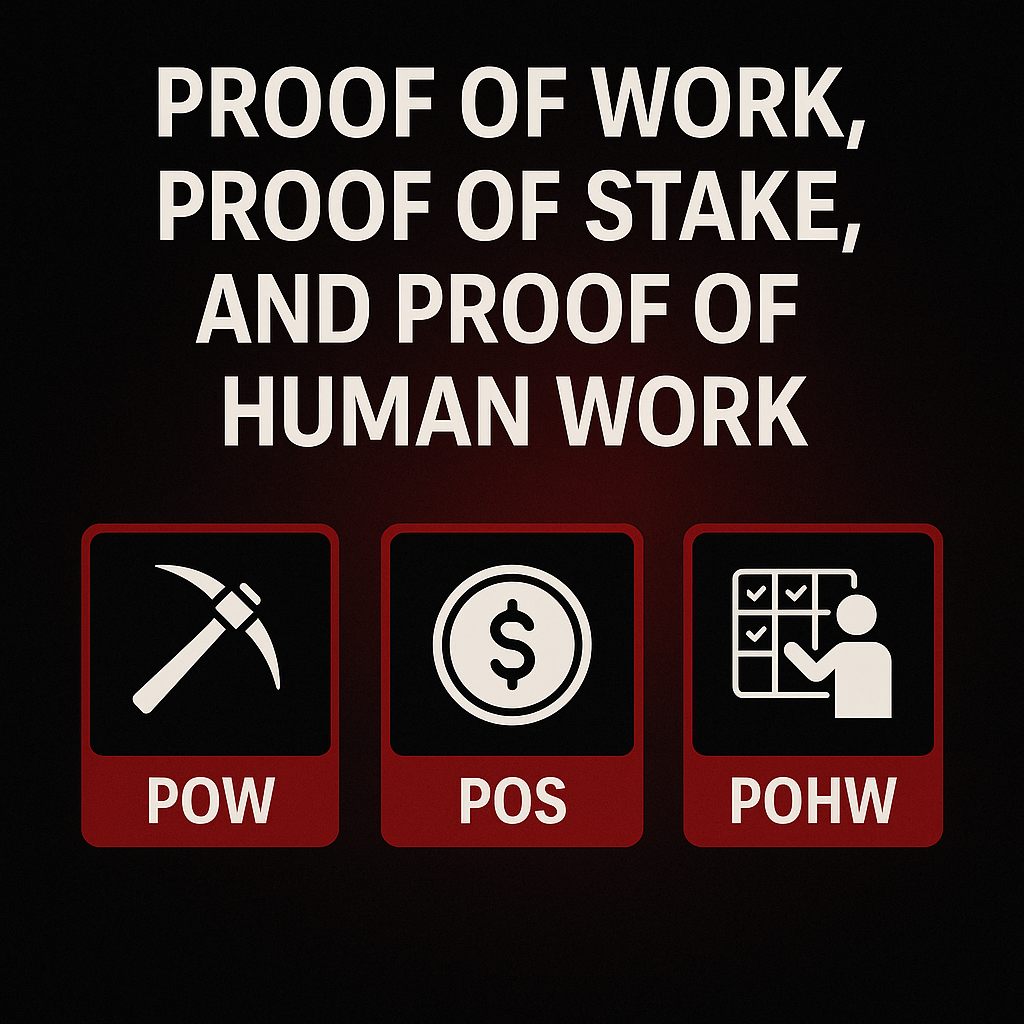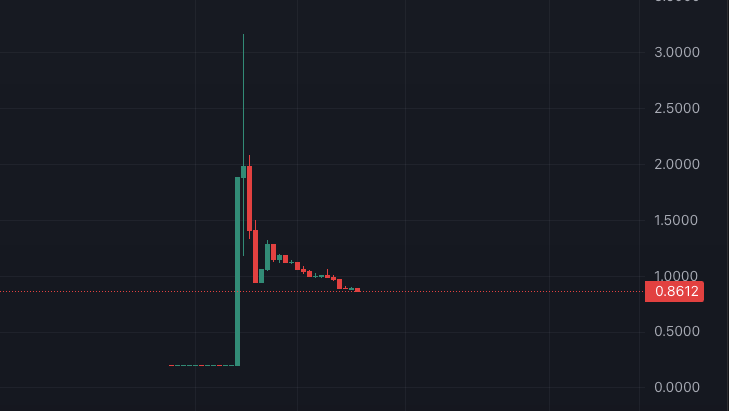
Meme Coin Liquidity Pool
Liquidity
If you’re planning on trading crypto (especially meme coins), on a decentralized exchange (DEX), understanding liquidity is VERY important.
It’s simple: if a cryptocurrency doesn’t have sufficient liquidity, you can’t trade it. Liquidity refers to how easily you can buy or sell a cryptocurrency without causing a significant change in its price. When a coin has high liquidity, trades happen smoothly. Low liquidity, on the other hand, leads to drastic price changes with each buy or sell.
Centralized exchanges (CEXes) use order books to match buyers and sellers. DEXes typically rely on automatic market making (AMM). AMMs use liquidity pools for trades instead of directly matching buyers and sellers like a CEX. When a coin launches on a DEX, the developers must add liquidity and create a pair to make the coin tradeable. For instance, if you launched a coin on the Ethereum network, you’d need to pair your token with ETH. You’d deposit equal amounts of ETH and your token into the liquidity pool. Common examples of pairs are ETH/SHIB, BNB/CAKE, and WIF/SOL.
- Low liquidity means high volatility, with prices swinging dramatically because it takes less money to move the price.
- High liquidity means lower volatility, requiring more money to shift the price. While high liquidity provides stability and cushions against large sales, it also means prices rise more slowly.
Low Liquidity Warnings
You may be able to buy a coin with low liquidity, but selling it could be an issue. Some coins have extremely low liquidity. For example, attempting to buy a coin with only a few hundred dollars of liquidity on a DEX will likely trigger a warning like “high price impact.” These coins are often dead and should be avoided. If you still decide to buy, you won’t be allowed to purchase more than a small amount.
Platforms like DEXScreener will flag coins with low liquidity. If you’re new to trading, it’s best to avoid coins with liquidity below $100,000.
Another issue with low liquidity is slippage. Prices can fluctuate rapidly, making it hard for your buy or sell orders to execute without adjusting your slippage settings higher. This often means getting back fewer coins than expected.
High Liquidity Pools
The more popular a cryptocurrency is, the higher its liquidity. This happens because more people are trading it, which feeds into the liquidity pool. Similarly, the more popular a blockchain, the higher its overall liquidity pools. For example, Ethereum has some of the largest liquidity pools due to its widespread adoption. This doesn’t mean other blockchains are inferior; they simply have fewer active traders.
Red Flags
Low liquidity is one of many red flags to look for when evaluating new coins. Combine low liquidity with an unusually high market cap and fake volume, and you’ve got a recipe for disaster. Some developers churn out multiple crypto projects daily, abandoning them shortly after launch. Avoid these at all costs.
Low liquidity also attracts front-running bots, like MEV bots. These bots are coded to watch for pending transactions in the mem pool and then do the following:
- A bot sees your large buy order waiting to be processed.
- It increases its gas fee to have its transaction processed before yours.
- Once your buy pushes the price up, the bot immediately sells for a profit.
This cycle is especially problematic for lower-liquidity tokens. MEV bots thrive on high slippage, constantly draining small amounts of liquidity and suppressing prices. Always check the liquidity before buying. Stay safe out there!
S Taylor is a crypto trader with five years of experience, having navigated a wide range of market dynamics and witnessed numerous scams firsthand. As a former victim of scams, S Taylor turned their focus to blockchain forensics and Solidity Smart Contract development, gaining deep technical expertise in the field. With a unique insider’s perspective, they’ve been involved in various crypto projects, where they’ve seen how developers can exploit vulnerable investors.
S Taylor is also the published author of Meme Coins Made Easy, a comprehensive guide that teaches beginners about cryptocurrency and how to identify and avoid common scams. S Taylor is dedicated to sharing valuable insights and helping the crypto community stay informed and safe.
Disclaimer: This article is for informational purposes only and should not be considered legal, tax, investment, or financial advice.







4 thoughts on “Liquidity Importance in Meme Coin Trading”
Comments are closed.